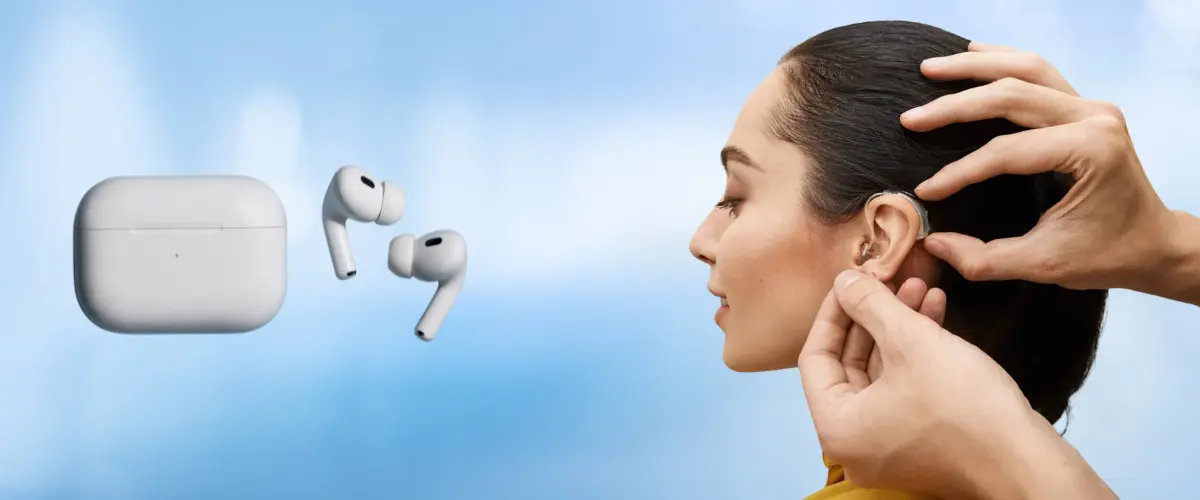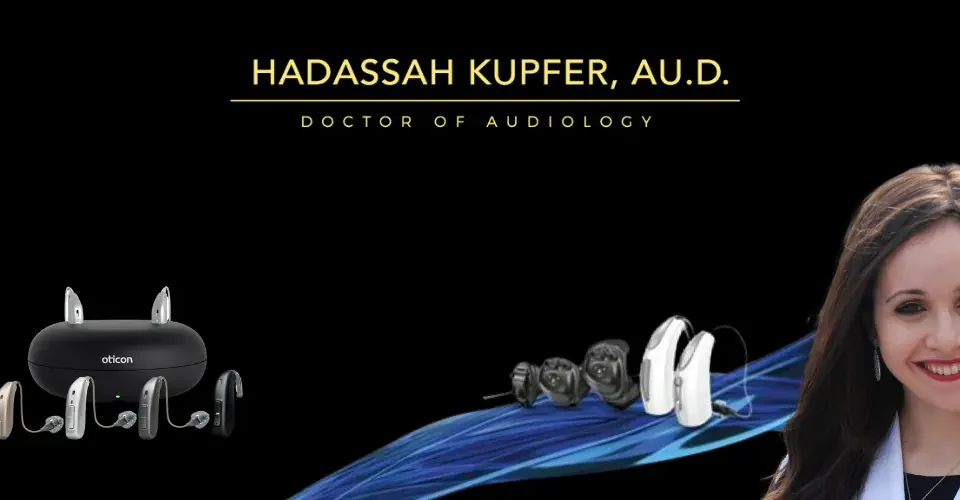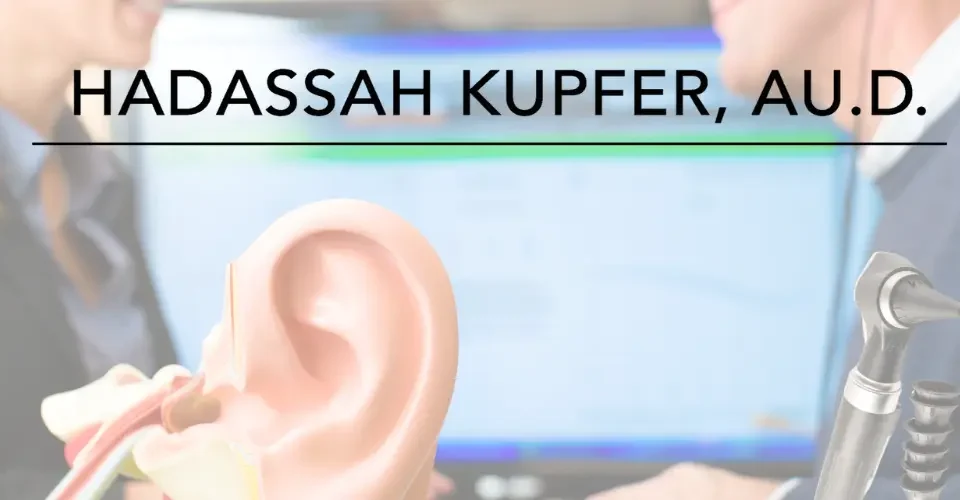Age related hearing loss a comprehensive guide
August 2, 2024Can AirPods Pro 2 Replace Hearing Aids? Why Visiting an Audiologist Still Matters
The release of Apple’s AirPods Pro 2 has sparked significant interest in their potential use as hearing aids. With advanced features such as Active Noise Cancellation, Transparency Mode, Live Listen, and Conversation Boost, these wireless earbuds offer functionalities that could enhance auditory experiences for individuals with mild to moderate hearing loss. However, while AirPods Pro 2 present a compelling case as an entry-level hearing assistance device, they fall short in many aspects when compared to professionally fitted hearing aids. This article explores the capabilities of AirPods Pro 2 as hearing aids, the benefits and limitations they offer, and why consulting an audiologist remains the best course of action for individuals experiencing hearing loss.
Apple has long been at the forefront of technological advancements, and the AirPods Pro 2 are no exception. Equipped with the powerful H2 chip, these earbuds sample sound at an impressive rate of 48,000 times per second, providing enhanced noise cancellation, improved acoustics, and a more immersive listening experience. Additionally, Apple has incorporated accessibility features that allow users to adjust audio settings based on their individual hearing profiles. With the iOS 14 update and subsequent software advancements, AirPods Pro 2 have integrated features that resemble hearing aid functionalities.
One of the standout features of AirPods Pro 2 is Transparency Mode, which enables users to hear ambient sounds while wearing the earbuds. This mode is useful in various real-world scenarios, such as walking on a busy street or engaging in conversations in noisy environments. However, the default amplification levels in Transparency Mode are relatively low and not specifically customized for individuals with hearing loss. To optimize the feature, users need to take a hearing test and upload an audiogram through the Health app, allowing AirPods Pro 2 to tailor sound settings to their specific hearing needs.
Another useful tool is Live Listen, which essentially turns the iPhone into a remote microphone that captures and amplifies sounds in the environment. This feature can be beneficial for those who struggle to hear conversations in crowded places. Similarly, Conversation Boost is designed to enhance the clarity of voices directly in front of the user, making it easier to follow discussions in noisy settings. Despite these enhancements, AirPods Pro 2 still lack the precision and adaptability of professionally fitted hearing aids.
While the AirPods Pro 2 offer some assistance for individuals with mild hearing loss, they are not classified as medical-grade hearing aids. Hearing aids are FDA-regulated medical devices designed to address various levels of hearing impairment. They are prescribed and programmed by audiologists based on a comprehensive hearing evaluation, ensuring that users receive the appropriate amplification for their specific hearing loss patterns. In contrast, AirPods Pro 2 rely on software adjustments that provide a generic solution rather than a personalized one.
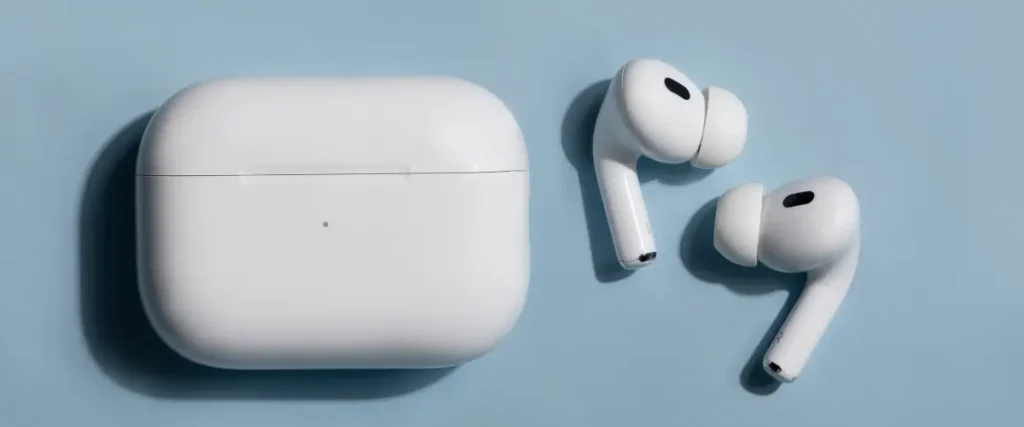
One of the most significant limitations of AirPods Pro 2 as hearing aids is their battery life. With a maximum usage time of six hours per charge, these earbuds fall short compared to traditional hearing aids, which can last an entire day or even weeks depending on the model. Individuals who require continuous auditory support throughout the day may find AirPods Pro 2 impractical, as they would need multiple pairs or frequent recharging to maintain uninterrupted hearing assistance.
Comfort and fit are also crucial considerations when evaluating the effectiveness of AirPods Pro 2 as hearing aids. Unlike custom-molded hearing aids that are specifically designed to fit an individual’s ear canal, AirPods Pro 2 have a one-size-fits-all approach. This design may lead to discomfort or poor retention, especially for individuals with unique ear shapes. A secure and comfortable fit is essential for optimal sound transmission, and ill-fitting earbuds may cause inconsistent amplification or frequent readjustments.
Additionally, the social perception of wearing earbuds as hearing aids presents challenges. Traditional hearing aids are discreetly designed to blend in, while AirPods Pro 2 are visibly identifiable as consumer electronics. Many people associate wearing earbuds with listening to music rather than addressing hearing loss, potentially leading to misunderstandings in social interactions. This factor may discourage some individuals from using AirPods Pro 2 as a hearing aid alternative, particularly in professional or formal settings.
From an audiological perspective, one of the key shortcomings of AirPods Pro 2 is their inability to meet specific hearing loss prescriptions, especially in higher frequencies. Hearing aids are meticulously programmed to compensate for frequency-specific deficits, ensuring that users receive the necessary amplification where they need it most. In contrast, real-ear measurement tests conducted on AirPods Pro 2 have demonstrated that these devices fail to deliver adequate amplification above 3000 Hz, which is critical for speech clarity and comprehension. This deficiency can make it difficult for users to distinguish consonants, leading to reduced speech intelligibility.
For individuals experiencing hearing loss, the importance of consulting an audiologist cannot be overstated. Audiologists are trained professionals who specialize in diagnosing and treating hearing impairments. They conduct comprehensive evaluations to determine the degree and type of hearing loss, recommend appropriate interventions, and provide customized hearing aid fittings. Unlike AirPods Pro 2, which offer a generalized approach to amplification, prescription hearing aids are tailored to an individual’s specific hearing needs, ensuring optimal auditory performance.
Over-the-counter (OTC) hearing aids have emerged as an alternative for individuals with mild to moderate hearing loss, offering a middle ground between AirPods Pro 2 and prescription hearing aids. Brands such as Eargo, Jabra Enhance, Lexie, and Sony have developed OTC hearing aids that provide greater customization and better amplification compared to AirPods Pro 2. While OTC hearing aids do not require a prescription, they are still designed with hearing loss in mind and offer features that closely resemble those found in prescription models.
One of the critical factors to consider when purchasing OTC hearing aids is the level of product support and return policies. Unlike prescription hearing aids that come with professional fitting and follow-up care, OTC devices require users to self-program and adjust settings. This process can be challenging for individuals unfamiliar with hearing technology, emphasizing the need for audiological guidance even when choosing non-prescription options.
Apple has attempted to improve accessibility to hearing health by incorporating an in-app hearing test that allows users to assess their hearing capabilities. When paired with an iPhone running iOS 18.1 or later, AirPods Pro 2 can conduct a five-minute hearing test that determines the extent of hearing loss. If mild to moderate hearing loss is detected, users can enable the hearing aid functionality within the settings. While this feature is a step toward raising awareness about hearing health, it lacks the accuracy and depth of a professional audiological evaluation.
Real-world testing of AirPods Pro 2 as hearing aids has yielded mixed results. Some users report noticeable improvements in their ability to hear conversations and ambient sounds, while others find the amplification insufficient for their needs. Factors such as environmental noise, fit, and personal hearing loss profile all influence the effectiveness of AirPods Pro 2 as a hearing aid substitute. Individuals with more severe hearing loss may experience significant limitations and should seek professional assistance rather than relying on consumer-grade earbuds.
In conclusion, while AirPods Pro 2 offer an innovative approach to hearing enhancement, they are not a replacement for professionally fitted hearing aids. Their advanced features provide some benefits for individuals with mild hearing loss, but they lack the precision, customization, and reliability of medical-grade hearing aids. The limitations in battery life, fit, amplification accuracy, and social perception make them an imperfect solution for those seeking long-term hearing support.
For individuals experiencing hearing difficulties, consulting an audiologist remains the best course of action. A professional hearing evaluation ensures that the most appropriate intervention is chosen, whether it be prescription hearing aids, OTC devices, or other auditory solutions. While technology continues to evolve, the expertise of audiologists is irreplaceable in providing effective and personalized hearing care. AirPods Pro 2 may serve as a useful introductory tool for those exploring hearing assistance options, but they should not be considered a substitute for comprehensive hearing healthcare.
Share:
More Posts
Age related hearing loss a comprehensive guide
Understanding and Managing Age-Related Hearing Loss: A Comprehensive Guide Hearing loss ranks as the third most prevalent chronic health condition among older adults. However, only 20%
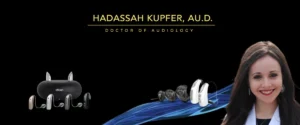
How can you select the best hearing aids
How Can You Select the Best Hearing Aids? Hearing loss, either complete or partial, can affect so many people, especially of a certain age. If
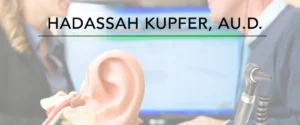
Why is a hearing test important
Why is a Hearing Test Important? It can be easy to overlook your hearing health. This is something that a lot of people simply forget about,

How to find a audiologist near me
The Ultimate Guide: How to Find a local Audiologist To find the best audiologist, most people begin with a Google search, using terms like “best audiologist


